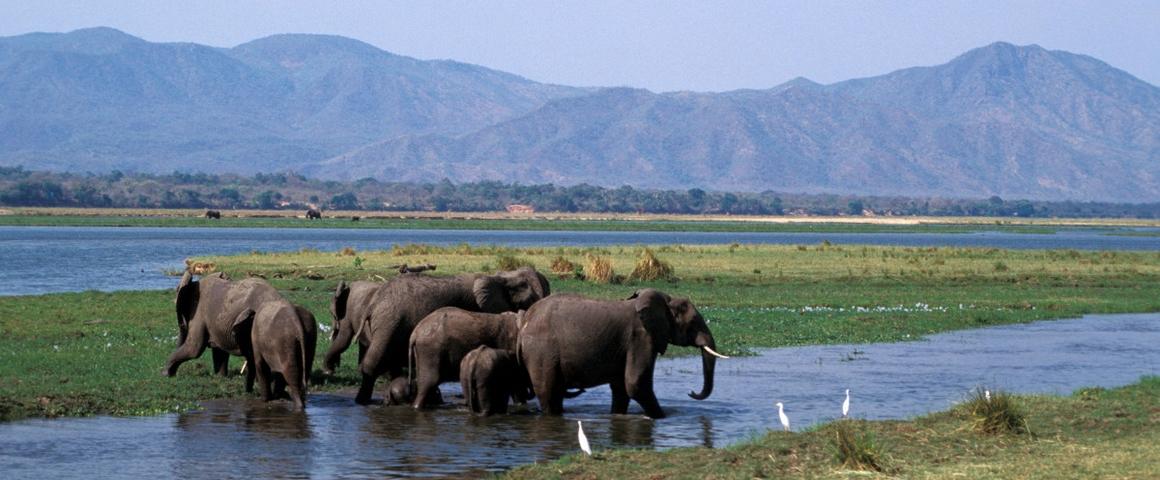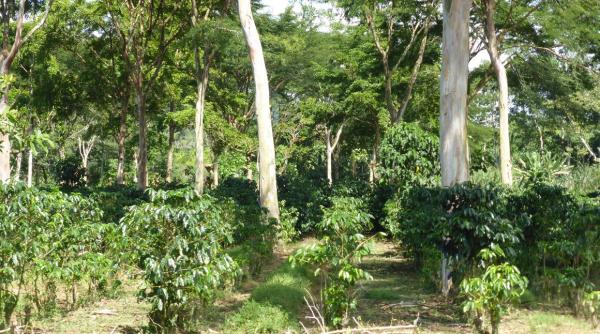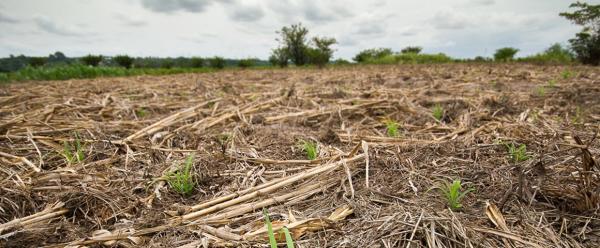The talks in Montreal are expected to centre on the final version of the new global biodiversity framework, with four overall goals linked to 22 action targets.
CIRAD has the privilege of being an observer, and will be participating in the sessions at which the various country delegations will be required to reach an agreement on the new framework. It is also directly involved in several side events on transforming food systems, on information relating to the digital sequences of genetic resources, and on sustainable wildlife management.
As an observer, CIRAD will be looking to defend several points, such as the importance of grouping certain targets so as to analyse them simultaneously, and not focusing all efforts on expanding protected areas.
30% of the planet protected… and 70% managed sustainably
Under target 3 (protected areas), several countries will be defending continuity with the Aichi Targets, aiming for 30% of the world's land and sea area to be classed as protected areas by 2030. Although such areas are essential tools for protecting biodiversity, CIRAD's researchers confirm that they are not enough: "guaranteeing a certain percentage of protected areas should not be seen as a licence, for instance, not to manage agroindustrial systems found on the remaining 70% of the globe".
The key measure planned for the coming COP on biological diversity concerns the protection of 30% of the planet. As international talks on biodiversity are being finalized, three CIRAD researchers point out that the new global biodiversity strategy also needs to cover the 70% of zones that are not protected. They also stress the need for radical change, notably in our economic system, with a shift to more sustainable production of both goods and services.
The new framework should therefore also cover those 70% of areas that are not protected areas and propose transforming current production systems, which are not sustainable. Agroindustrial systems, in particular, combine several of the main factors that degrade biodiversity: land use changes, over-exploitation of resources, involvement in climate change, and the introduction of invasive exotic species.
However, agriculture and food are fields that encompass many levers for protecting and promoting biodiversity. The wealth of biodiversity on farms in the global South is proof of this, and enables farmers to cope better with climate hazards.
Clustered action targets
The planned adoption at COP15 in Montreal of the future global biodiversity framework will mark the start of work to monitor its implementation, with regular measurements of the progress made.
As part of its remit for international cooperation, CIRAD is in a position to help countries in the global South with the task of reporting. The rollout and monitoring-assessment of indicators on a territory scale will provide valuable information for research work. The aim is to assist those countries, and our partners, with translating the global targets within their national strategies.
Rather than monitoring all 22 targets indicator by indicator, CIRAD's researchers are in favour of clustering those targets, in order to highlight the interdependencies within the living world, and anchoring biodiversity within territories to fuel transformative change.
Target 10 (agriculture), for instance, cannot be disconnected from targets 7 (pollution) or 8 (impact of climate change). Likewise, target 9 (wildlife management), is directly linked to land use, hunting, and the livelihoods of local people.
Taking account of those interdependencies and clustering the targets will boost the effectiveness of operations to protect biodiversity.





























